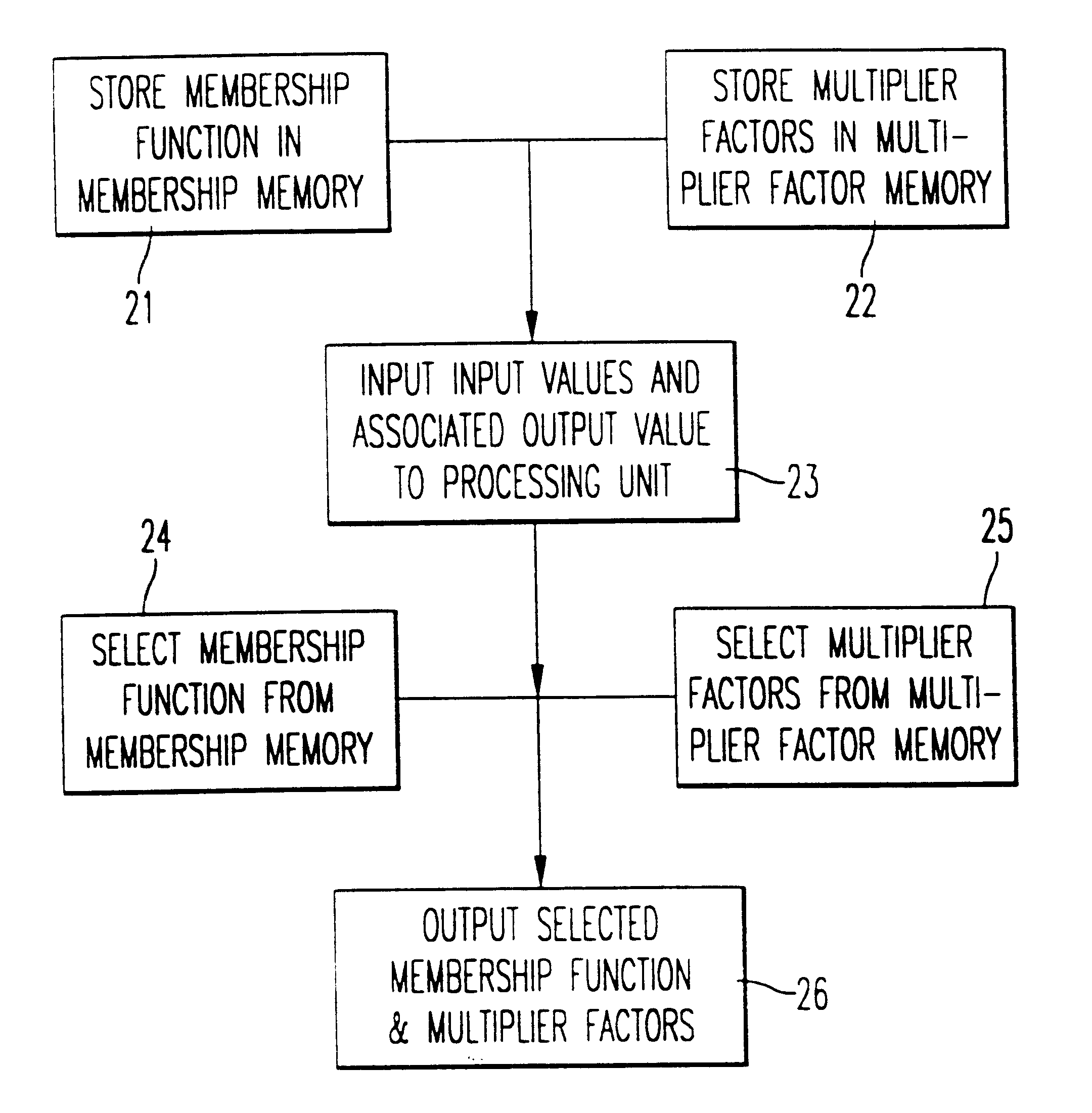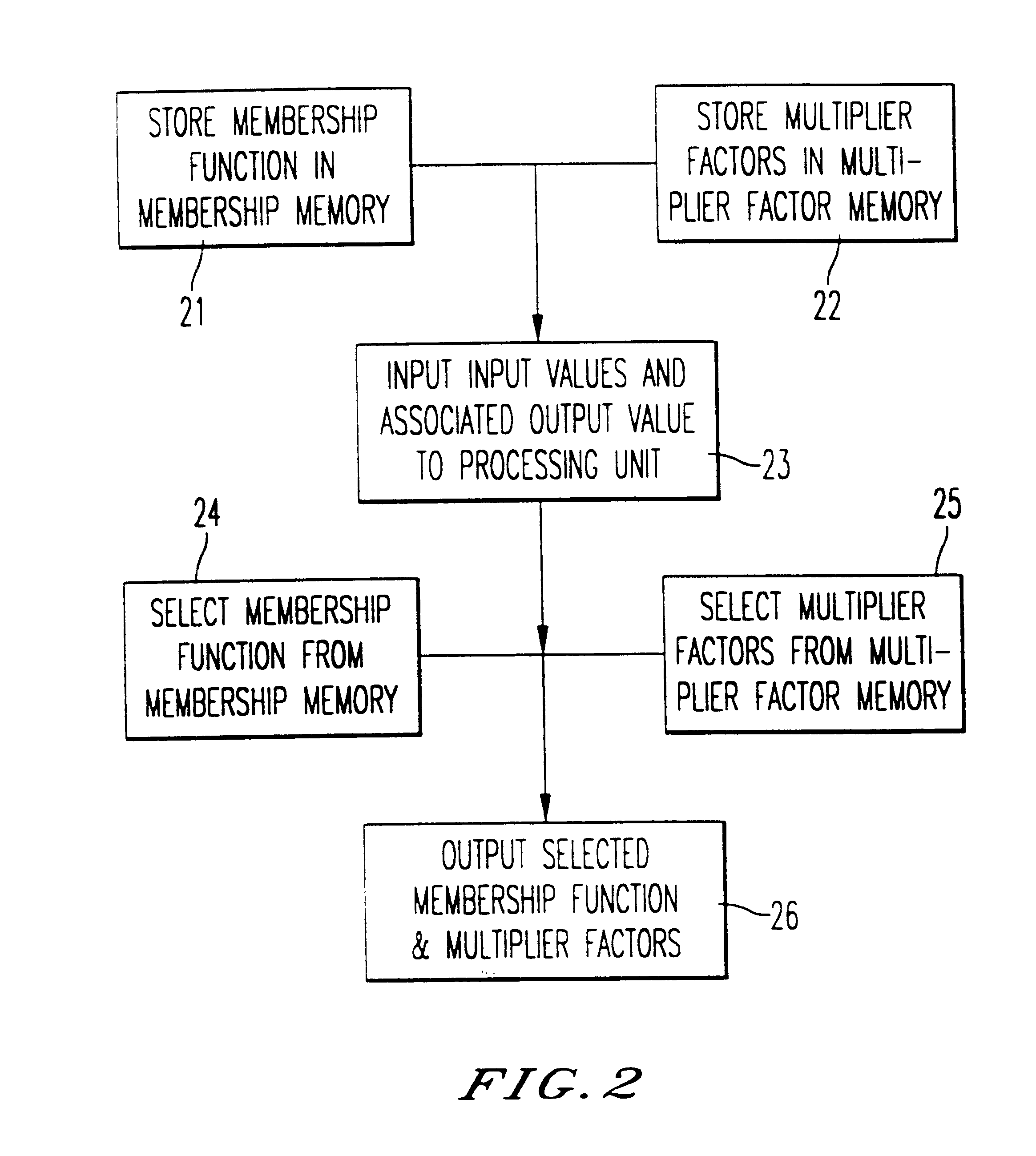Stochastic encoder/decoder/predictor
- Summary
- Abstract
- Description
- Claims
- Application Information
AI Technical Summary
Problems solved by technology
Method used
Image
Examples
example ii
DEVELOPING A NEW CONTROLLER
One way of using ELF might be in developing a controller for a new class of airplanes, developing as much of the control as possible before the airplane takes off, and building in learning capabilities so as to minimize the cost of redesign during the early test flights of the vehicles. One might develop a controller as follows, using ELF capabilities:
1. In the design stage, build a simplified (i.e. fast) simulator of the airplane. The simulator would specify the available controls (e.g. tension pulling the right front aileron, etc.) and sensor data (e.g. altitude, air speed, etc.).
2. Run the simulator at reduced speed, so that a human expert can learn to control the airplane (i.e. handle low-level steering controls so that the plane stays on some desired course set up as an example). If the human asks for additional sensor input or controls, iterate until a compromise is reached between the expert and the designer.
3. After the human does an adequate job w...
example iii
ADGDHP
Given the correct statement of GDHP provided in Example II, and HDP and ADHDP and DHP and ADDHP techniques known to those skilled in the art (as described, for example in HIC) it is straightforward to modify GDHP to create an Action-Dependent version, ADGDHP.
example iv
ADAPTING ELF BY BACKPROPAGATING UTILITY
This example will describe the method for adapting a fuzzy controller which inputs X(t) and outputs u(t), starting from a fixed initial state X(0). It is easy to deal with the more general case, as in Paul Werbos and Andras Pellionisz, "Neurocontrol and Neurobiology: New Developments and Connections", in Proceedings of the IJCNN (Baltimore), IEEE, 1992, but one fixed starting value will be used for clarity of illustration. The object is to minimize: ##EQU12##
for a known utility function U. Again, for clarity, suppose that X(t+1) depends only on X(t) and u(t), without noise.
To use the backpropagation of utility, it is first necessary to develop an explicit model of the system. For example, using the techniques in P. Werbos, Backpropagation through time: what it does and how to do it, Proc. of the IEEE, October 1990 issue or in chapter 10 of HIC, adapt an artificial neural network which inputs X(t) and u(t) and outputs a prediction of X(t+1). Pro...
PUM
 Login to View More
Login to View More Abstract
Description
Claims
Application Information
 Login to View More
Login to View More - R&D
- Intellectual Property
- Life Sciences
- Materials
- Tech Scout
- Unparalleled Data Quality
- Higher Quality Content
- 60% Fewer Hallucinations
Browse by: Latest US Patents, China's latest patents, Technical Efficacy Thesaurus, Application Domain, Technology Topic, Popular Technical Reports.
© 2025 PatSnap. All rights reserved.Legal|Privacy policy|Modern Slavery Act Transparency Statement|Sitemap|About US| Contact US: help@patsnap.com



